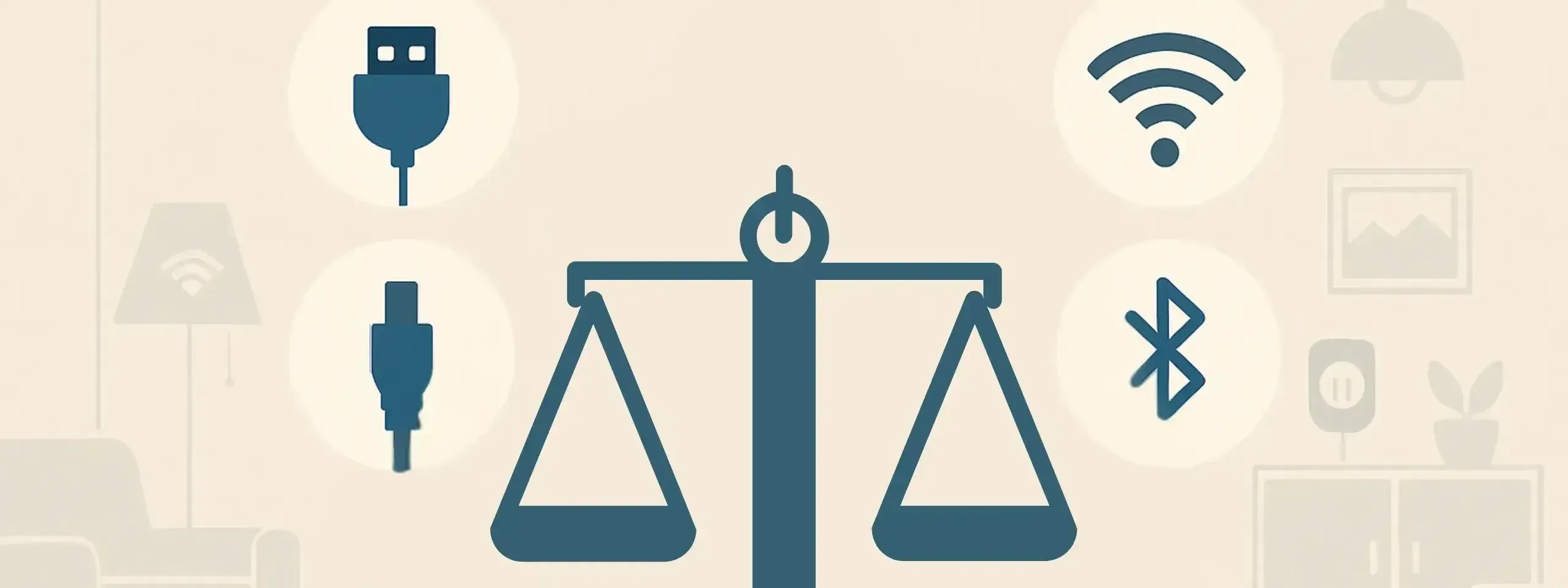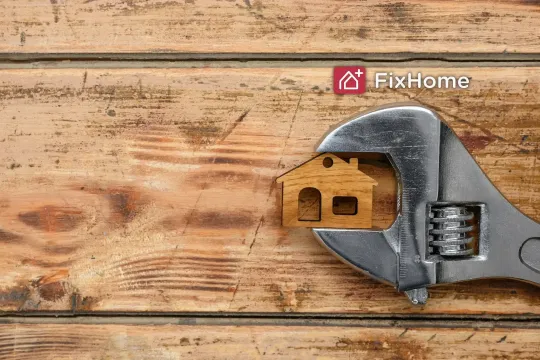Smart home systems are designed to make life easier, more convenient, and enjoyable. They integrate various devices and appliances, creating a seamless and automated process that can be tailored to your lifestyle. Imagine controlling your lighting, thermostat, or even your coffee maker right from your smartphone, no matter where you are. This is possible thanks to Internet of Things (IoT) technologies, which have made "smart homes" so popular.
One of the key features of these systems is remote control. Smart home systems can be customized to suit your needs. You can turn on lights, adjust the temperature, or check cameras, whether you're at work, on vacation, or just in another room. It’s not only convenient but also enhances the safety and energy efficiency of your home.
When deciding between wired vs wireless smart home systems, you need to know the pros and cons of each one. Briefly, wired systems offer reliability and security but come with complex installation needs. Wireless systems, while flexible and easy to install, may encounter connectivity and security issues. This article will detail these advantages and disadvantages to guide you in making the best choice for your smart home setup.
Key Takeaways
- Wired systems offer unmatched reliability and security but can be complex and costly to install, making them better for new constructions.
- Wireless systems are convenient and easy to install, allowing for flexibility and remote access, but they may face signal interference and security vulnerabilities.
- Hybrid solutions combine the strengths of both wired and wireless systems, providing a balanced approach for homeowners looking for adaptability and reliability.
Quick Links:
- Understanding Wired and Wireless Smart Home Systems
- Wired Systems: Stability and Security
- Wireless Systems: Flexibility and Convenience
- Pros and Cons of Wired Smart Home Systems
- Pros and Cons of Wireless Smart Home Systems
- Hybrid Solutions: Combining Wired and Wireless Technologies
- Choosing the Right System for Your Home
- Home Security and Surveillance
- Maintenance and Longevity
- Enhancing Energy Efficiency
- Integrating Smart Home Devices
- Voice Control and AI Integration
- Summary
- F.A.Q.s
Understanding Wired and Wireless Smart Home Systems
Understanding the fundamental differences between wired and wireless smart home systems is crucial before examining the specifics. Wired systems use physical cables to connect devices, often necessitating extensive installation and integration into the home’s electrical system.
On the other hand, wireless home automation systems transmit signals through the air using various communication standards like Wi-Fi, Zigbee, and Bluetooth, offering a more flexible and less invasive setup. These differences are not just technical; they impact the overall experience of managing your smart home.
While wired systems rely on physical connections for unparalleled reliability, wireless systems offer the convenience of remote access and easy expansion. As you navigate the world of smart home devices, understanding these distinctions will help you align your choices with your specific needs and preferences.
Wired Systems: Stability and Security
Wired systems are often praised for their stability and security. Because these systems rely on physical cables, they provide uninterrupted communication without the risk of interference from other wireless signals. This makes them incredibly reliable, with fewer dropouts or signal issues compared to their wireless counterparts.
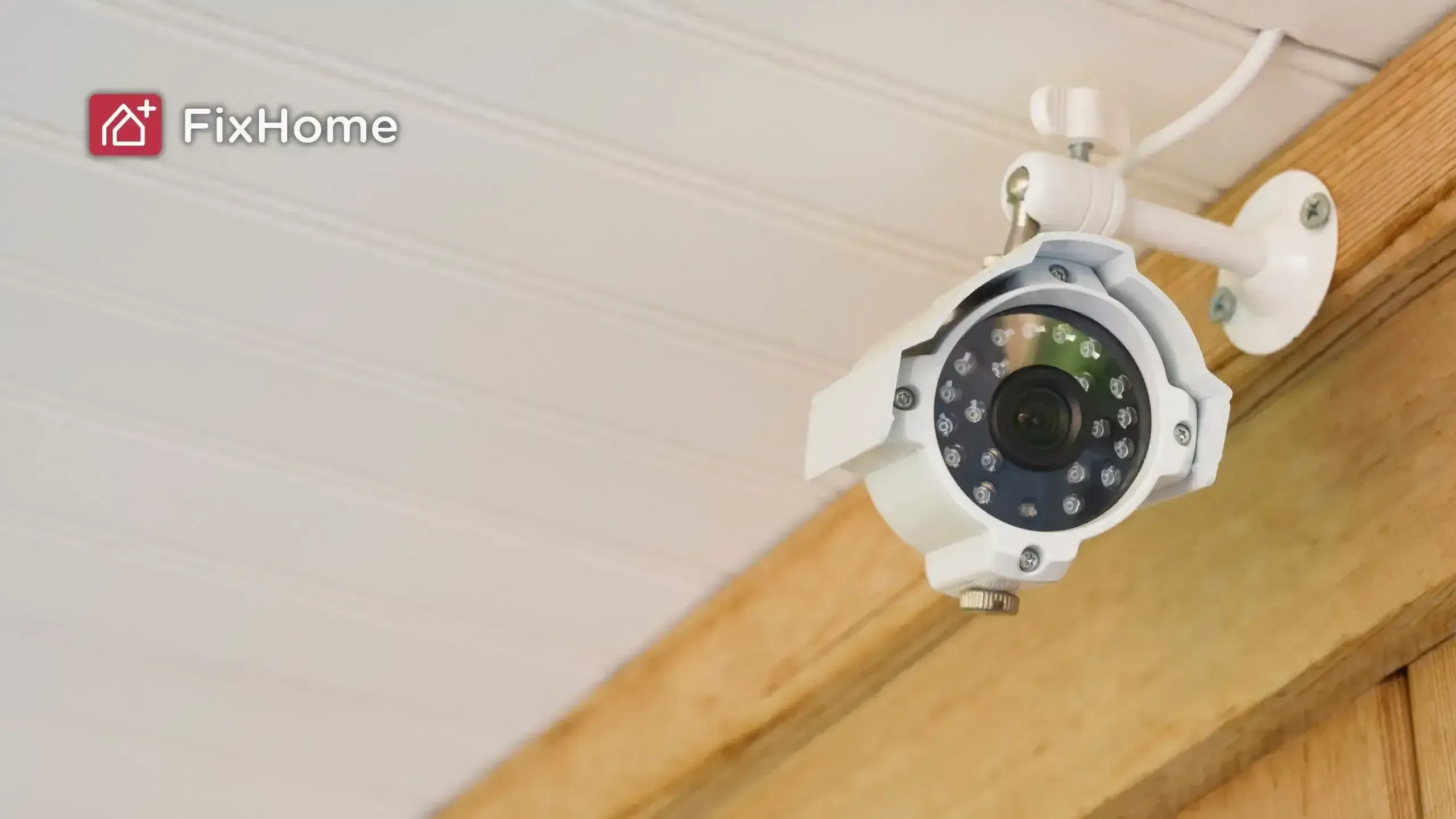
Moreover, wired home automation systems are considered more secure since they are less vulnerable to tampering and interception. However, integrating wired systems into a home can be complex, involving extensive wiring and physical connections to the home’s electrical systems. This complexity often makes wired systems better suited for new constructions or significant renovations where running cables can be planned more efficiently.
Wireless Systems: Flexibility and Convenience
Wireless systems shine in their flexibility and convenience. These systems are easy to install, requiring minimal setup and no extensive wiring. This quick installation makes them ideal for apartments or homes where running cables might be impractical. Wireless systems also allow for easy relocation and expansion, making it simple to add new devices or move existing ones without the need for physical cabling.
One of the significant advantages of wireless home automation systems is remote control. Users can manage their smart home devices from anywhere, enhancing convenience and accessibility.
However, it’s essential to note that environmental factors like building materials and network congestion can impact the performance of wireless connections, potentially leading to signal interference or connectivity issues.
Pros & Cons of Wired Smart Home Systems
Wired smart home systems have advantages and disadvantages. Each aspect should be carefully considered. Understanding these can help you weigh the benefits of reliability and security against the challenges of installation and flexibility.
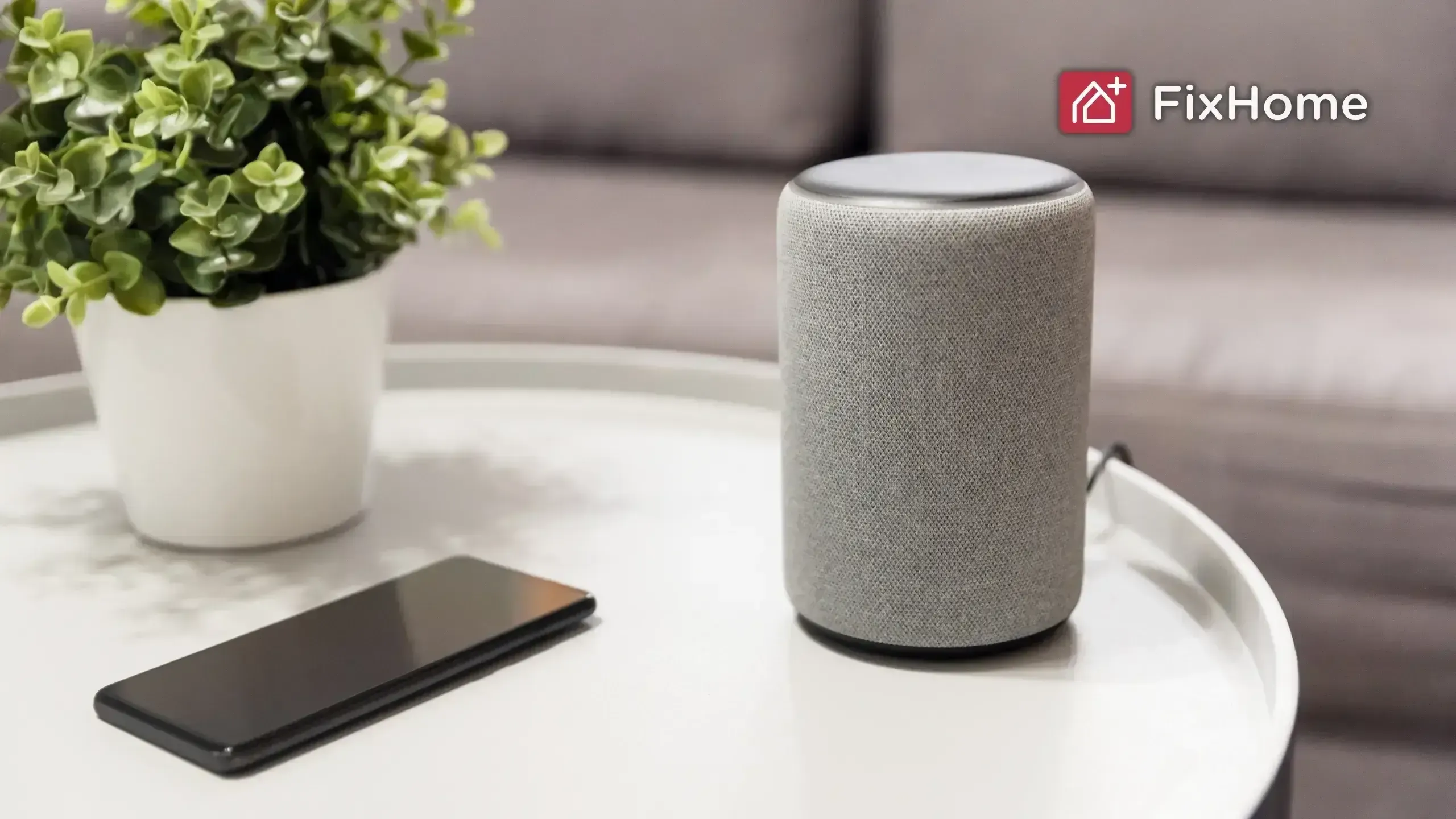
Examining the specific advantages and disadvantages of wired systems provides deeper insights
Pros of Wired Smart Home Systems
One of the most compelling pros of wired smart home systems is their reliability and stability. Since wired systems rely on physical cables, they consistently offer reliable performance with minimal signal loss or interference. This makes them ideal for applications requiring high data transfer rates, such as home theaters and smart security systems. Additionally, wired systems have low maintenance demands, contributing to their long-term reliability and cost-effectiveness.
Security is another significant advantage. Wired systems are more secure than their wireless counterparts because they don’t rely on radio frequencies, making them harder to hack. This enhanced security is particularly valuable for smart security systems, where any vulnerability could have serious implications.
Cons of Wired Smart Home Systems
Despite their advantages, wired systems have some notable drawbacks. The installation process can be complex and costly, often requiring skilled labor and construction work to route cables throughout the home. This complexity and the associated labor costs can make wired systems more expensive to set up compared to wireless options.
Additionally, wired systems are less flexible, making it challenging to relocate or modify components once installed. The presence of visible cables can also impact the aesthetic appeal of a home, which might be a concern for some homeowners.
Finally, the extensive electrical wiring required for this equipment can pose challenges, especially in existing structures where modifications might be needed.
Pros & Cons of Wireless Smart Home Systems
Wireless smart home systems offer a different set of pros and cons, providing flexibility and ease of use but also presenting potential issues like signal interference and security vulnerabilities.

Let’s explore these aspects in more detail.
Pros of Wireless Smart Home Systems
Wireless systems are highly recommended for their ease of installation and flexibility. Unlike wired systems, they don’t require extensive cabling, making them quick and easy to set up. This is particularly beneficial for budget-conscious users and those living in apartments where running cables might not be feasible. Moreover, wireless systems enable integration with a broad array of smart home devices, such as Amazon Alexa, Google Assistant, and Apple HomeKit, enhancing the overall smart home experience.
The ability to control wireless systems remotely is another significant advantage. Users can manage their smart home devices from anywhere, providing convenience and accessibility that wired systems can’t match. This flexibility extends to system expansion, allowing homeowners to easily add new devices as their needs evolve.
Cons of Wireless Smart Home Systems
However, wireless systems are not without their downsides. One major issue is connectivity problems, which can arise from signal interference caused by household electronics or environmental factors like dense building materials. Such connectivity issues can disrupt the performance of smart home devices, often necessitating regular troubleshooting.
Security is another concern. Wireless home automation systems are more susceptible to hacking, emphasizing the need for robust security measures. Additionally, wireless devices rely heavily on a stable internet connection, and weak or overloaded Wi-Fi signals can lead to performance issues.
Privacy concerns also arise as AI-powered devices collect extensive user data, necessitating strong protection measures to avoid vulnerabilities.
Hybrid Solutions: Combining Wired and Wireless Technologies
Hybrid solutions offer a balanced approach by combining the reliability of wired systems with the flexibility of wireless technologies. This trend is growing in popularity as homeowners seek a more adaptable and future-proof smart home environment.
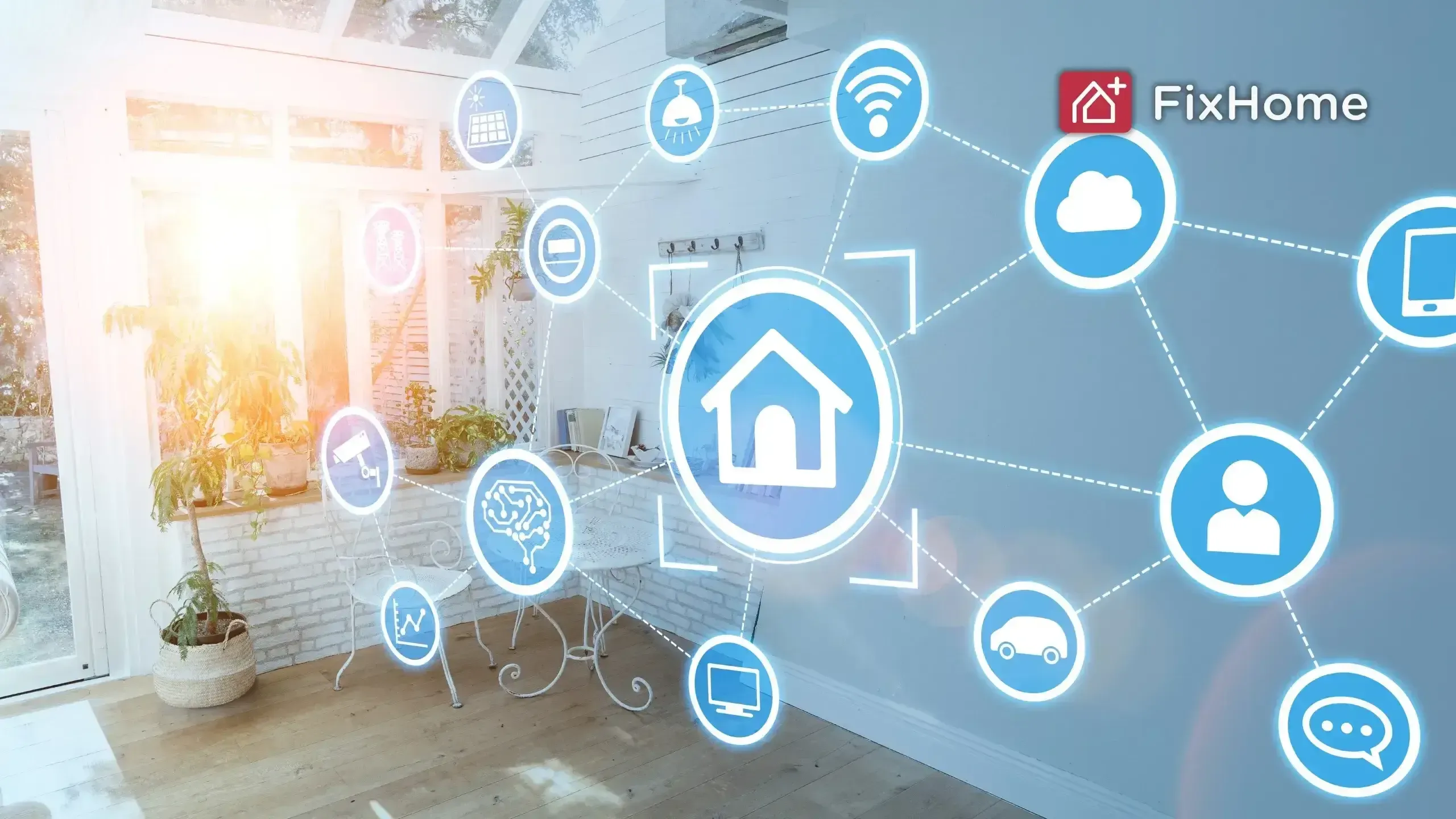
Let’s delve into the benefits and considerations of hybrid systems.
Benefits of Hybrid Systems
Hybrid home automation systems provide a seamless and adaptable experience by leveraging the strengths of both wired and wireless technologies. These systems are ideal for homeowners looking for a future-proof setup that can evolve with their needs. By integrating wired connections for critical components and using wireless networks for additional flexibility, hybrid systems offer a more reliable and comprehensive solution compared to purely wired or wireless options.
Professional guidance from a trusted home automation company can further enhance the effectiveness of hybrid systems. Experts can tailor these systems to meet specific needs, ensuring optimal performance and compatibility with various devices. This customized approach helps create a more cohesive and efficient smart home environment with professional assistance.
Considerations for Hybrid Systems
While hybrid systems offer many benefits, there are considerations to keep in mind. Visible wiring can be unsightly, necessitating careful planning to integrate these systems seamlessly into the home’s design. Additionally, wireless lighting options are often more cost-effective for remodeling projects, reducing overall expenses.
Future scalability is another important aspect. Hybrid systems should be designed with the ability to accommodate upgrades and additions, ensuring they remain effective as technology evolves and homeowner needs change. This forward-thinking approach can save time and money in the long run, making hybrid solutions a wise investment.
Choosing the Right System for Your Home
Selecting the right smart home system involves considering various factors, including cost, flexibility, and performance. Whether you opt for a wired, wireless, or hybrid system, understanding your specific needs and property characteristics is crucial.
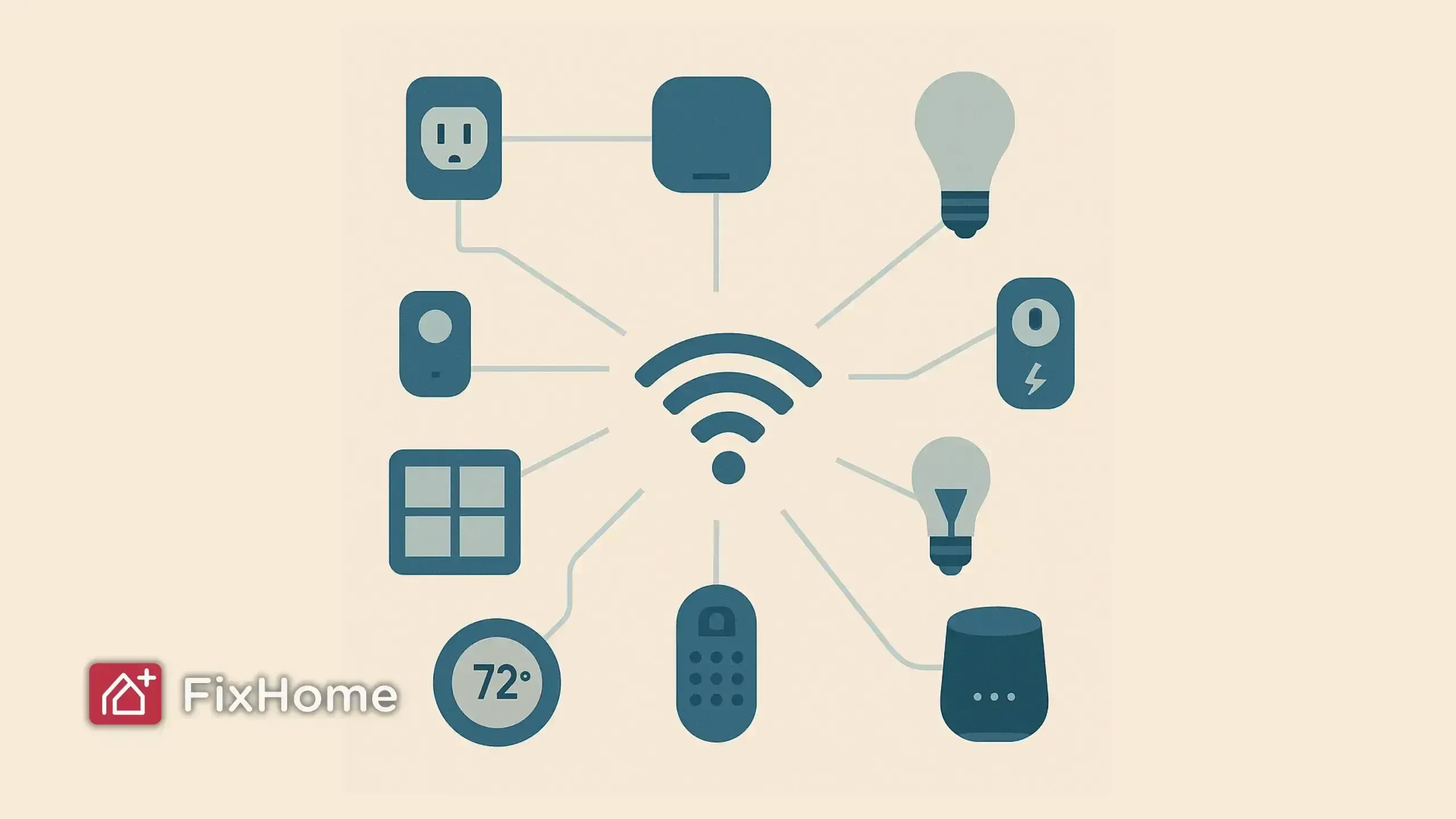
Let’s explore the key factors and the importance of expert consultation in making the best guide choice.
Factors to Consider
Cost-effectiveness is a major consideration when choosing between wired and wireless systems. Wireless systems are generally more affordable to install, making them a popular choice for budget-conscious homeowners. They also improve accessibility, allowing individuals with mobility challenges to manage their homes more easily. However, implementing hybrid systems may require careful planning to avoid compatibility issues with existing devices.
Future AI developments in smart homes, such as health monitoring systems for elderly residents, highlight the importance of selecting a system that can evolve with technological advancements. AI systems can learn user behaviors over time, creating personalized environments that enhance comfort and efficiency.
These considerations can significantly impact your smart home journey, making it essential to choose a system that aligns with your long-term goals.
Expert Consultation
Consulting trusted experts ensures you receive accurate guidance tailored to your unique needs in home automation. Professional home automation companies offer personalized recommendations and installation guidance, helping you select the right system for your home.
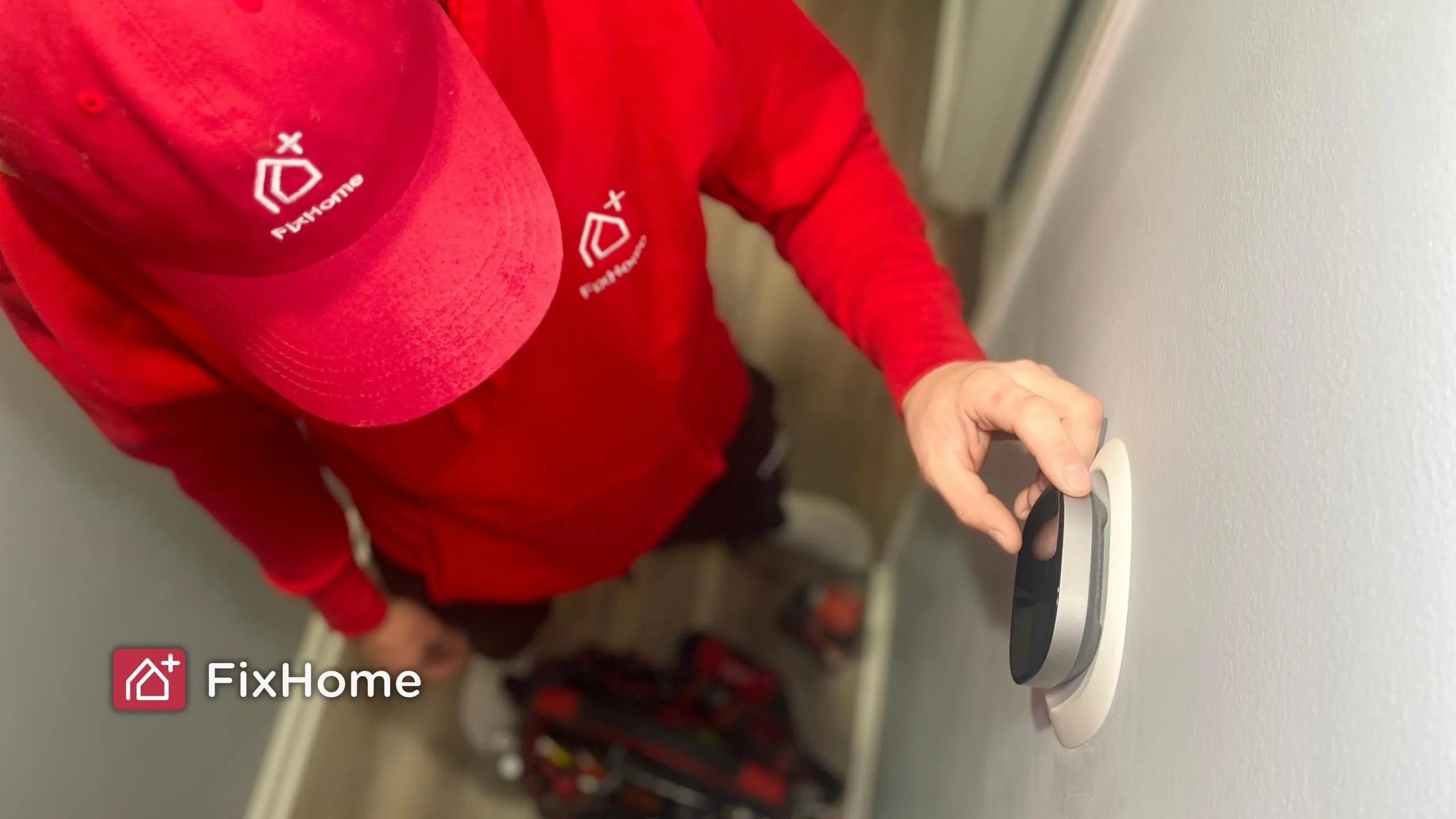
A professional approach to home automation leads to a more efficient and effective integration of systems, ensuring the best user experience and system performance. Experts can also provide ongoing support and maintenance, addressing any issues that arise and keeping your smart homesystem running smoothly.
FixHome+ handymen has extensive experience in integrating smart home systems, and the subscription allows you to make home automation one of your future projects.
Home Security and Surveillance
Home security and video surveillance help us feel more at ease, knowing our home is under reliable protection, even when we’re not there. When it comes to wired systems, they do an excellent job. Motion detection, video recording, integration with other devices like door locks or alarms—all of this creates a powerful and reliable security network.
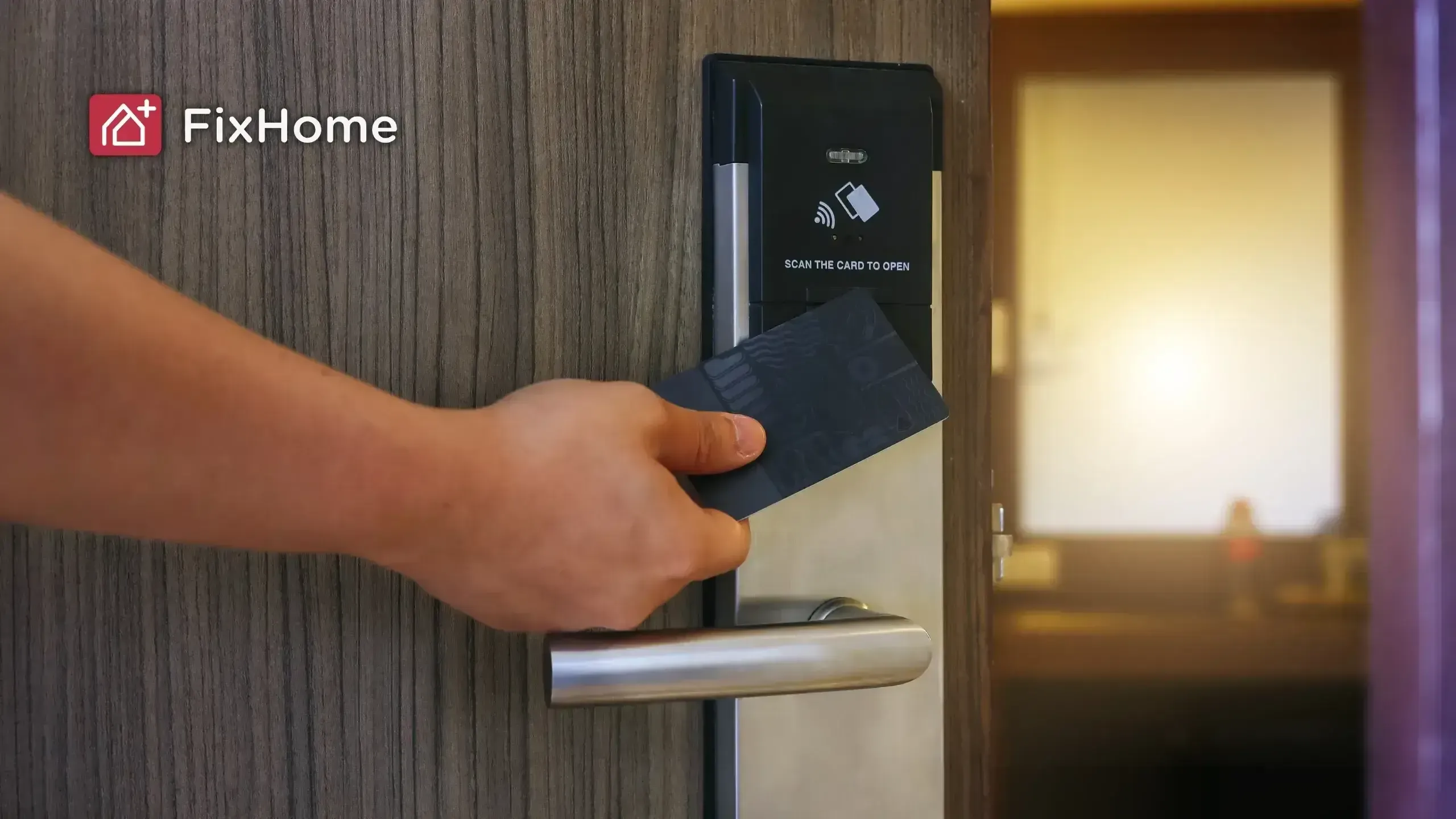
But if comfort and simplicity are your priority, wireless systems are the way to go. They’re easy to install and let you monitor your home right from your smartphone, no matter where you are. No need for wiring or complex installation—everything is quick and convenient.
The biggest advantage of smart security systems is their compatibility with your other gadgets. For instance, you can set them up to automatically turn on the lights when motion is detected or receive instant alerts on your phone about anything suspicious. Everything works together to provide maximum protection and convenience. Your home is under watch, and you can stay worry-free.
Maintenance and Longevity
Maintenance and longevity are crucial considerations for any smart home system. While wired systems are known for their durability and low maintenance requirements, wireless systems often need more frequent updates and battery replacements.
Let’s explore the specific maintenance needs of wired and wireless systems.
Wired System Maintenance
Wired systems require minimal maintenance, making them a low-effort option for homeowners. Their reliability stems from stable communication facilitated by physical cables, eliminating issues like signal interference. Using quality connectors and high-quality cables significantly reduces signal loss and enhances performance for wired smart devices.
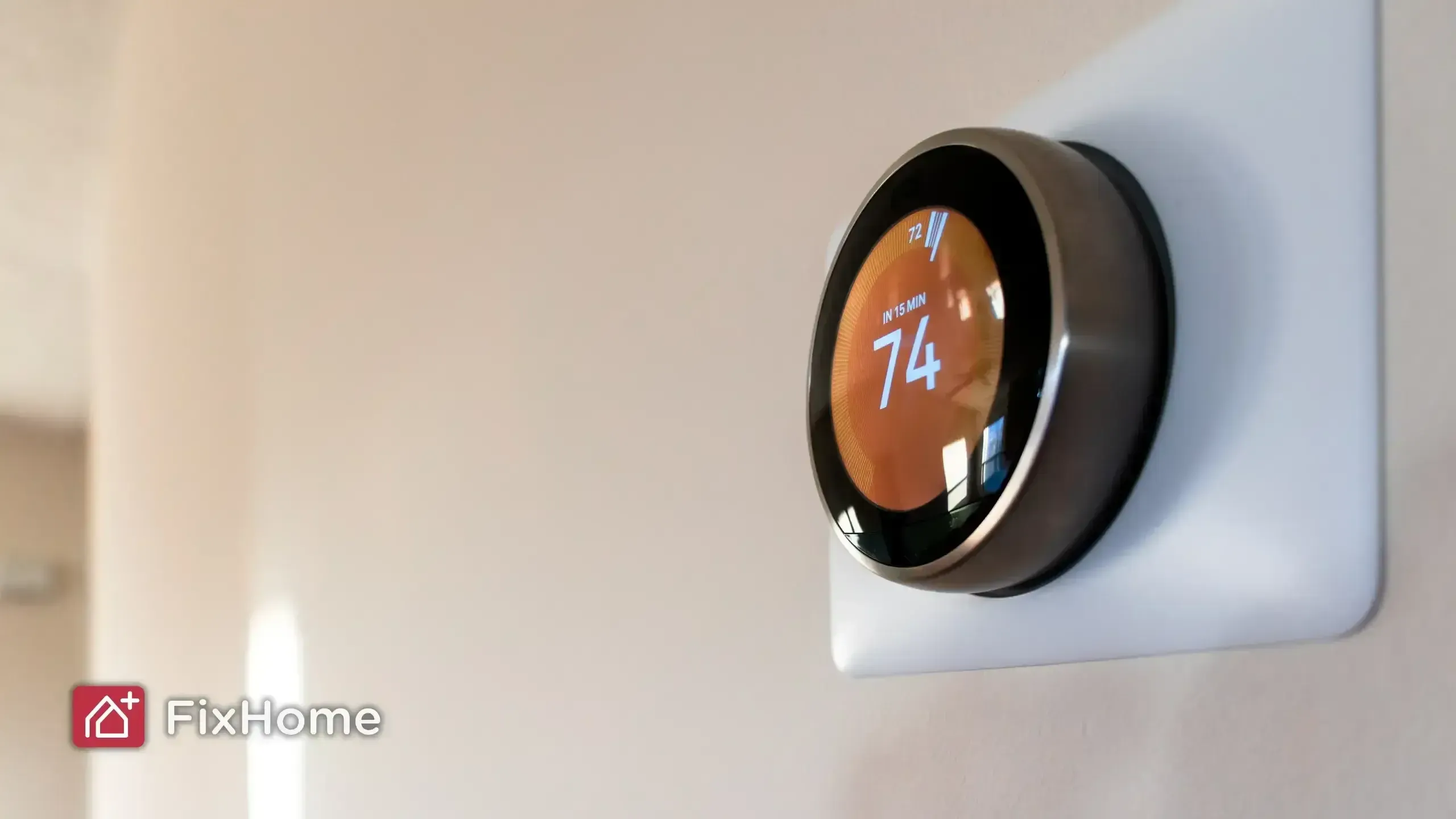
Once installed, wired systems generally require less frequent maintenance compared to wireless systems, contributing to their overall longevity. This durability makes wired systems a cost-effective choice in the long run, as they are less prone to needing regular repairs or updates.
Wireless System Maintenance
Wireless systems require periodic software updates to maintain security and functionality. Battery life is a common concern, necessitating regular replacements or recharging to ensure devices continue to operate efficiently. Regular maintenance is crucial for ensuring the efficiency and longevity of wireless smart home systems.
Connectivity issues can also arise, requiring troubleshooting to resolve problems and maintain consistent performance. Despite these challenges, wireless systems offer the benefit of flexibility and ease of installation, making them a popular choice for many homeowners.
Enhancing Energy Efficiency
Energy efficiency is a key benefit of smart home systems, helping homeowners reduce their environmental footprint and save on utility bills. Both wired and wireless systems offer significant advantages in this regard, but they approach energy management differently.

Let’s delve into how each system enhances energy efficiency.
Energy Efficiency in Wired Systems
Enhancing energy efficiency in wired systems involves investing in advanced energy management devices. These systems can significantly cut energy use by automating and optimizing the operation of various home appliances. Smart thermostats and energy-efficient lighting within wired systems, for example, can lead to substantial energy savings. Hybrid systems further enhance energy efficiency by managing energy consumption across both wired and wireless devices.
Wired systems often utilize technologies that track and adjust power consumption based on usage patterns. AI can also play a role, managing lighting, temperature, and appliances by analyzing user preferences and behaviors. This integration of smart technology ensures that energy is used efficiently, reducing waste and lowering utility costs.
Energy Efficiency in Wireless Systems
Wireless systems are increasingly recognized for their energy-efficient capabilities, contributing to sustainability in smart home setups. These systems often come with built-in smart sensors and timers that help optimize energy use. For example, smart sensors can detect occupancy and adjust lighting and HVAC systems accordingly, ensuring that energy is used only when needed.
The flexibility of wireless systems allows for easy integration of new energy-efficient devices as technology evolves. This adaptability ensures that homeowners can continually improve their energy management practices without extensive modifications to their existing setup.
Overall, wireless home automation systems offer a sustainable and efficient solution for modern smart homes.
Integrating Smart Home Devices
Integrating various smart home devices is essential for creating a cohesive and functional smart living environment. Whether you’re using a wired or wireless system, ensuring that all devices communicate seamlessly is key to a successful smart home setup.
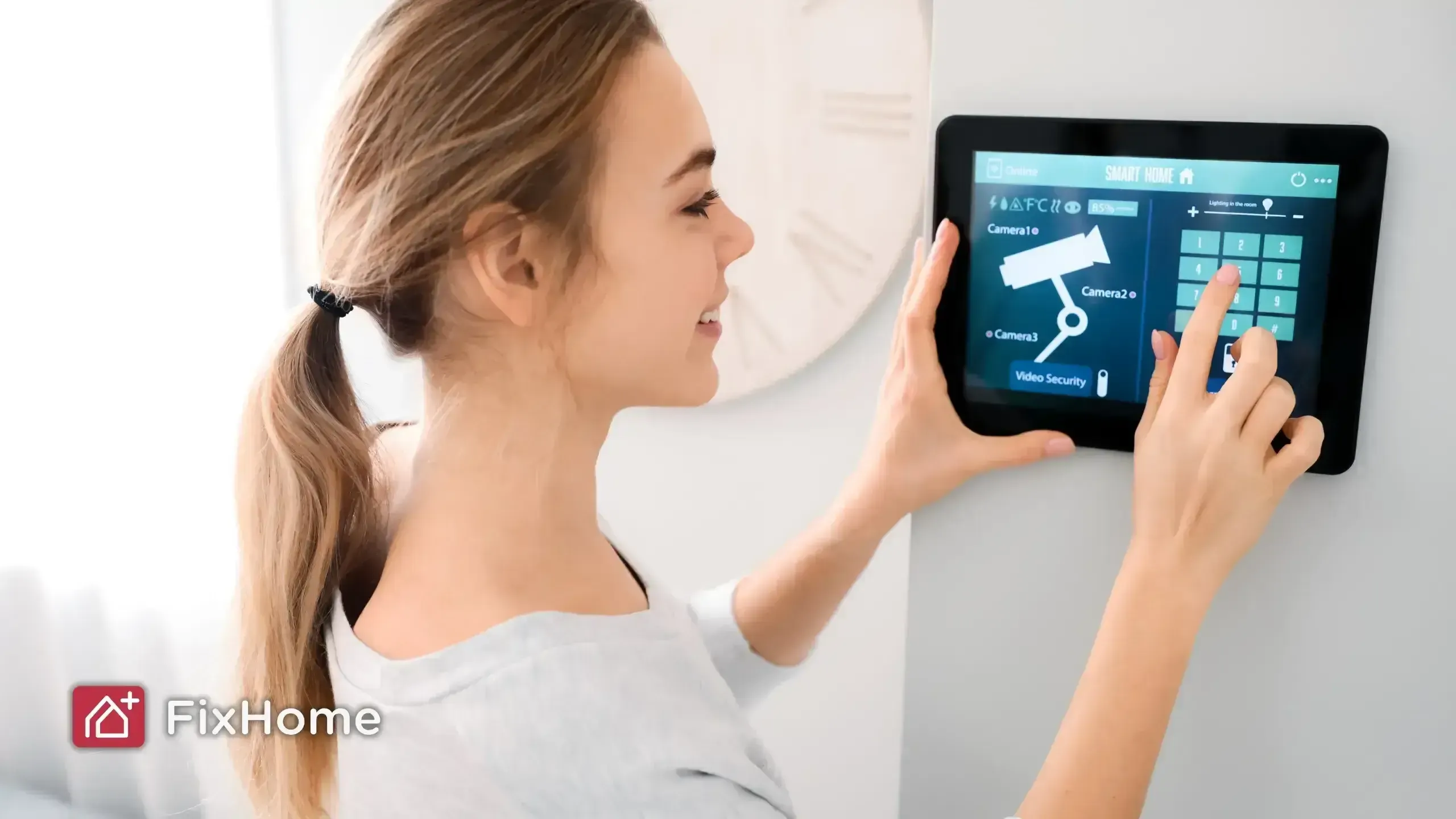
Let’s explore how to connect smart devices to both wired and wireless systems.
Connecting Smart Devices to Wired Systems
Connecting smart devices to wired systems often involves running Ethernet cables in walls and ceilings to provide a stable and high-speed connection. This setup ensures reliable connectivity, which is crucial for the optimal performance of smart devices in a home environment.
Proper planning during the installation process can minimize the visibility of cables and maintain the aesthetic appeal of the home. Reliable wired connections are particularly important for devices that require high data transfer rates, such as security cameras and entertainment systems.
Connecting Smart Devices to Wireless Systems
Wireless systems provide flexibility and ease of installation, allowing homeowners to connect devices without the need for physical cables. Ensuring a strong Wi-Fi signal and minimizing interference from other electronic devices is key to maintaining optimal performance

Regular maintenance, including software updates and troubleshooting connectivity issues, ensures the efficiency and longevity of wireless smart home systems. This proactive approach, along with ongoing maintenance, helps mitigate potential problems and keeps the system running smoothly.
Voice Control and AI Integration
Voice control and AI integration are revolutionizing the way we interact with smart home devices. As these technologies become more advanced, they offer significant advantages in terms of convenience and functionality.
Exploring the benefits and future potential of voice-controlled systems and AI in smart homes reveals their growing impact.
Benefits of Voice-Controlled Systems
Voice-controlled systems increase convenience by enabling users to adjust lighting and climate with simple voice commands. Voice assistants simplify daily tasks, offering hands-free control over various smart devices in the home. The rise in smart speaker ownership highlights a significant shift towards voice technology for home automation.
Voice control adds a layer of accessibility, making it easier for individuals with mobility challenges to manage their home environment. This technology is not just a luxury but a practical tool that enhances the overall user experience and functionality of smart home systems.
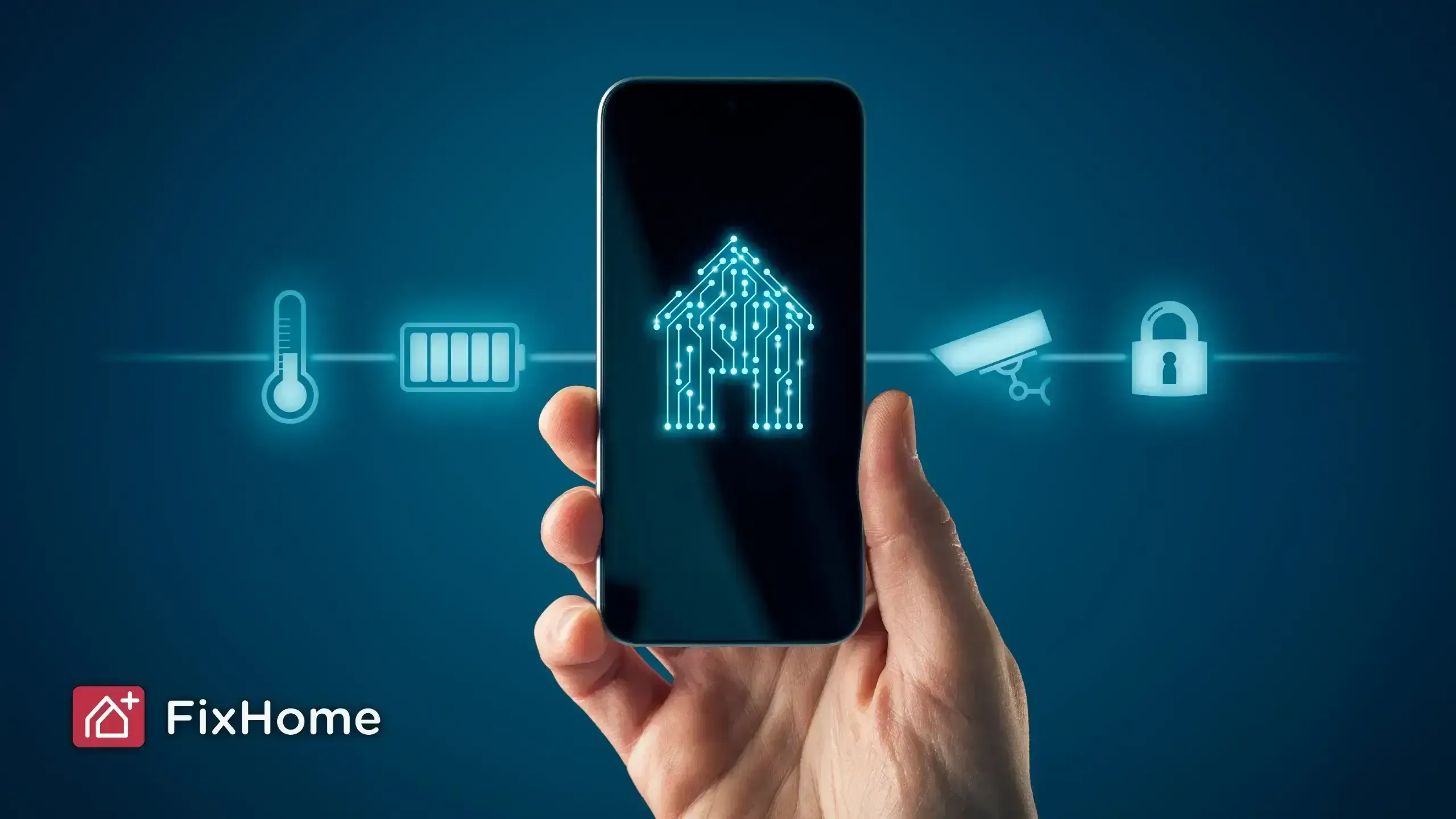
Challenges and Future of AI in Smart Homes
Emerging trends in AI for home automation include:
- Advanced robotics
- Improved integration with IoT devices to create a cohesive home management ecosystem
- Continuous improvements in voice recognition technology enhance the reliability of voice control systems, making them more effective and user-friendly.
However, challenges remain, particularly in terms of privacy and security. AI-powered devices collect extensive user data, requiring robust protection measures to avoid vulnerabilities. As AI continues to evolve, its ability to predict user preferences and create personalized environments will further enhance the smart home experience.
Summary
Choosing the right smart home system involves weighing the pros and cons of wired and wireless options, considering factors like cost, flexibility, and security. Wired systems offer unmatched reliability and security, making them ideal for high-data applications and long-term use. However, they come with higher installation costs and less flexibility. Wireless systems, on the other hand, provide ease of installation and flexibility but may face connectivity and security challenges.

Hybrid solutions combine the best of both worlds, offering a balanced approach that adapts to changing needs and technological advancements. Consulting with experts can help tailor a system to your specific requirements, ensuring optimal performance and longevity. Ultimately, the right choice depends on your unique lifestyle and smart home vision, making an informed decision crucial for seamless integration.
FixHome+ handymen specialize in the installation and integration of smart home systems. You can consult with your handyman to create a personalized plan for transforming your home into a smart, connected space that fits your needs and preferences.
F.A.Q.s
Wired smart home systems are all about reliability and security due to their physical connections, while wireless systems offer the flexibility and ease of installation that many people love. It really comes down to whether you prioritize a stable connection or the convenience of going wireless!
Absolutely, wired systems tend to be more secure than wireless ones since they aren't exposed to radio frequency signals, reducing the risk of hacking. So if security is your top priority, going wired is a smart choice.
Absolutely, you can combine wired and wireless systems in your smart home. This hybrid approach gives you the best of both worlds: the reliability of wired connections and the flexibility of wireless setups.
When choosing a smart home system, focus on your budget, the type of property you have, your specific needs, and your long-term goals. Don't hesitate to consult experts for tailored advice!
To keep your smart home system running smoothly, make sure to update your wireless devices regularly and replace batteries when needed. Don’t forget to schedule occasional professional check-ups for both wired and wireless systems to ensure everything is working optimally.
More from our blog.
Discover more insightful and engaging content from our blog.
